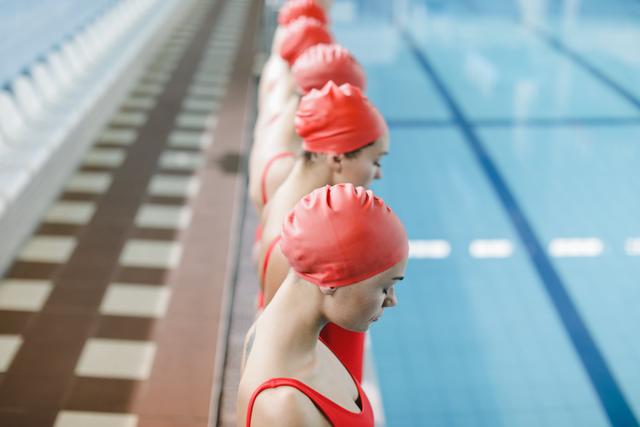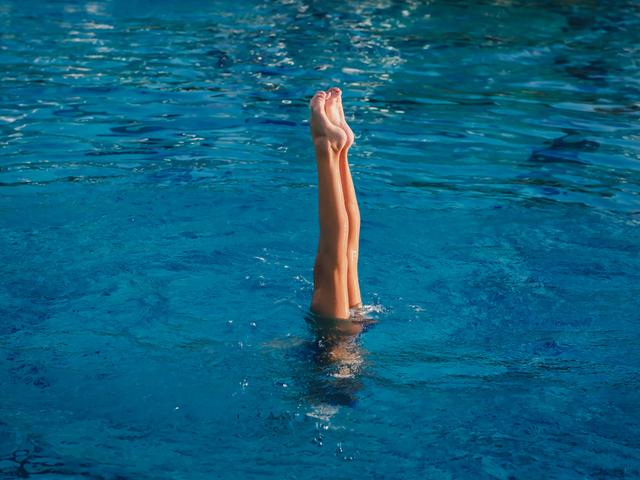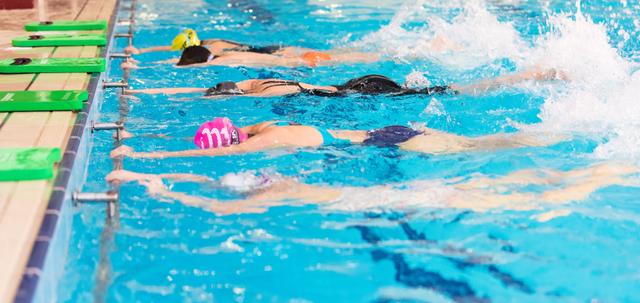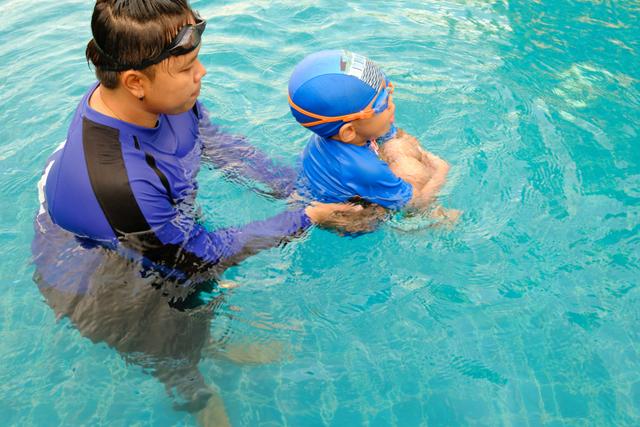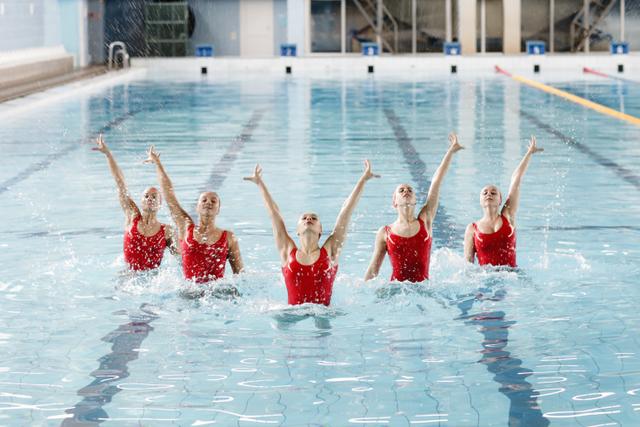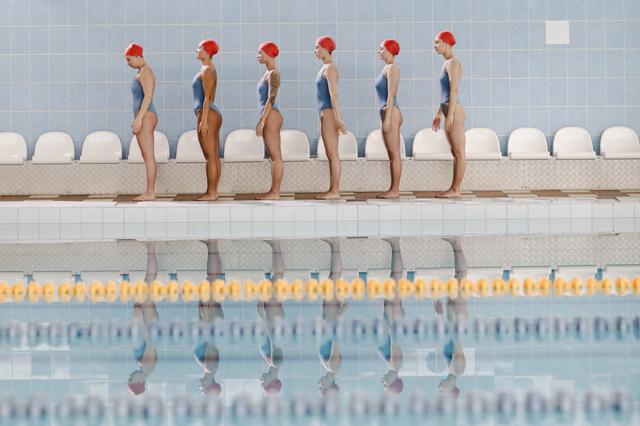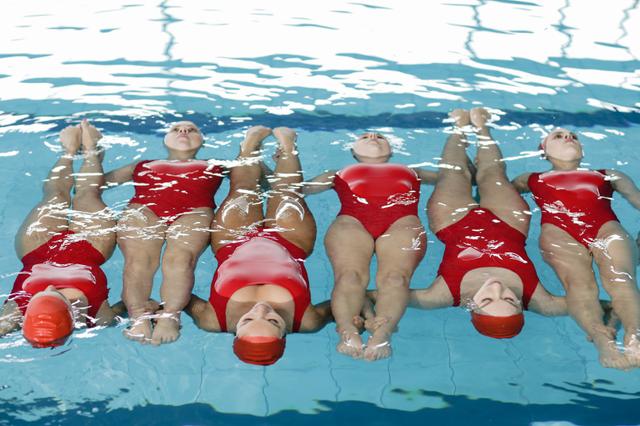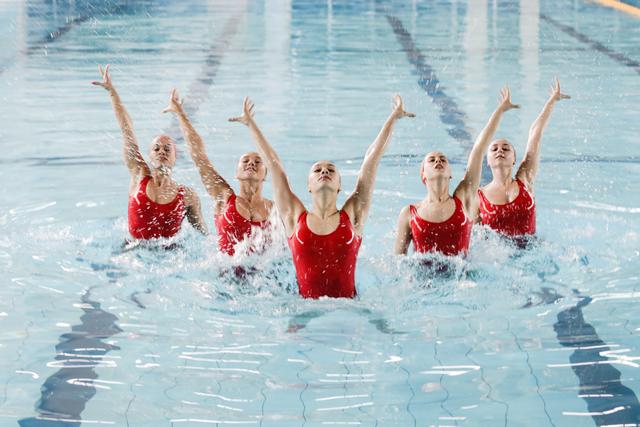Artistic swimming Articles
Artistic swimming For Kids In The UK
Artistic Swimming, previously known as Synchronised Swimming, is a mesmerising sport that blends swimming, dance, and gymnastics, delivering a captivating spectacle. In the UK, the sport embraces a vibrant legacy enriching young participants with cultural and athletic prowess. The historical backdrop of Artistic Swimming in the UK saw its inception in the late 1950s with the formation of the first clubs. Recognised officially by the Amateur Swimming Association (ASA) in 1962, it boasts of having held its inaugural British Championships just two years later. The sport has flourished substantially since then, witnessing a notable rise in both athletes and enthusiasts. Today, over 100 clubs operate across the nation, fostering a community of more than 1,500 registered members. This substantial framework supports both budding and seasoned athletes, propelling numerous UK participants to Olympic recognitions, reflecting the deep-rooted talent and dedication prevalent within the British Artistic Swimming community.
The Benefits of Artistic swimming
Artistic Swimming, known for its blend of swimming, dance, and gymnastics, offers substantial health benefits for children engaging in this graceful sport. Primarily, it enhances physical fitness by building strength, flexibility, and endurance. Regular participation in artistic swimming improves cardiovascular health significantly, which is crucial for overall physical well-being. Additionally, the complex routines encourage enhanced coordination and balance, skills that are transferable to many other areas of life.
The mental well-being of children also sees remarkable benefits from artistic swimming. The sport's team-oriented nature helps in nurturing self-confidence and discipline among young participants. Engaging in synchronised routines requires focus and concentration, which over time can greatly reduce stress and anxiety in children. Furthermore, the social aspect of the sport provides a supportive environment, enabling children to develop critical social skills, make new friends, and establish strong camaraderie with teammates.
Creatively, artistic swimming is a powerful outlet. It allows children to express themselves through beautifully choreographed movements, fostering creativity and artistic expression. Moreover, the discipline and perseverance required to master the sport's routines instil a strong work ethic and a positive attitude towards overcoming challenges, preparing them for various life situations. Through artistic swimming, children not only enhance their physical and mental health but also enrich their social and creative skills, making it a holistic activity with numerous advantages.
FAQs
- What age can children start participating in Artistic Swimming in the UK? Children in the UK can begin Artistic Swimming from as young as four years old. Most clubs offer age-appropriate beginner programmes that cater to young swimmers and gradually build up their skills in the sport.
- How does Artistic Swimming benefit the mental and physical health of children? Artistic Swimming boosts physical health by improving strength, flexibility, endurance, and cardiovascular fitness. Mentally, it aids in developing self-confidence, discipline, and teamwork, while also fostering creativity through choreographed routines. This combination enhances both the physical and mental wellbeing of participating children.
- What are the necessary equipment and attire for children to start Artistic Swimming? The basic equipment required for Artistic Swimming includes a swimsuit, swim cap, goggles, and training fins or paddles. It's important to check with the specific club for recommendations or requirements regarding gear, as some may provide certain items.
- Can children participate in Artistic Swimming recreationally, or is it only competitive? While there is a competitive side to Artistic Swimming, many clubs also offer recreational tracks. These allow children to engage in the sport for enjoyment and personal growth without the pressure of competitive events.
- What opportunities are available for Artistic Swimming in the UK? In the UK, there are over 100 clubs offering Artistic Swimming with a network of over 1,500 registered members. These clubs provide various opportunities for participation, from local and national competitions to recreational and artistic expression sessions, suitable for all levels of experience and commitment.
